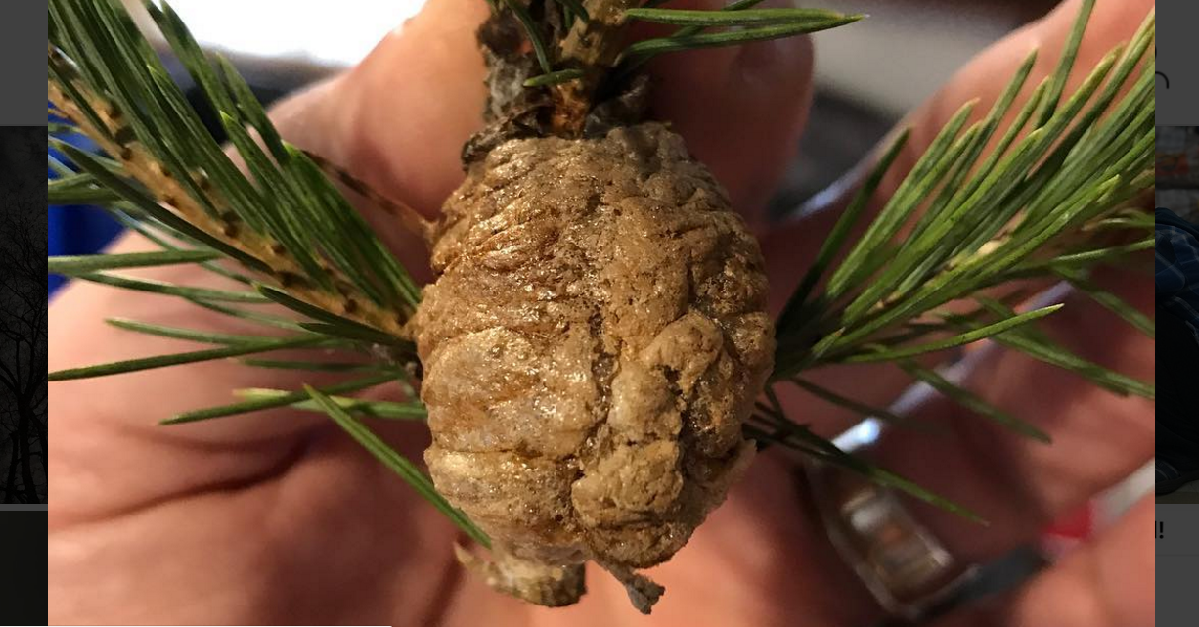If you notice something a bit peculiar about your Christmas tree this year, it may be a cluster of eggs of praying mantises.
Videos by Rare
RELATED: The way a praying mantis devours a lone butterfly will make you cringe
That’s what one Philadelphia man posted on his Instagram the other week.
He wrote: “If you happen to see a walnut sized/shaped egg mass, on your Christmas tree, don’t fret, clip the branch and put it in your garden. These are 100-200 preying mantis eggs! We had two egg masses on our tree this year. Don’t bring them inside they will hatch and starve!”
Dr. Gavin Svenson, Assistant Director of Science Curator and Head of Invertebrate Zoology at the Cleveland Museum of Natural History, confirms that a cluster of that size could in fact be 100 praying mantis eggs.
“The shared picture is definitely a praying mantis egg case, also called an ootheca,” Svenson said. “The praying mantises in the northern United States survive the winter as eggs in these protected cases. The warmth of spring spurs their development and hatching.”
He also said that eggs like that take a few weeks to hatch so people that keep trees in their homes through January have the highest chance of hatching indoors.
So what should you do if you see one of these egg clusters?
“Putting the egg case outside quickly is critical if you want them to survive normally to hatch in the spring,” Svenson said. “Going from cold to warm and then back to cold can cause problems and reduce their chances of survival.
“The egg cases are susceptible to rot from too much moisture, so placing on the ground or on a surface will not work out for them. Affixing the case to an elevated branch works best. Many insects in northern climates have adapted to deal with the winter and they can handle the cold just fine,” he added.
RELATED: Praying mantis vs. black widow is a battle you don’t want to miss
Other bugs that can get in your tree include aphids, spiders, sawflies, bark beetles, and other microscopic mites. But usually these critters are harmless to humans.
There are some praying mantis species that are native to the Chicago area. And if you don’t think this could happen in your home, you may want to ask the Spissos family about their experience.



